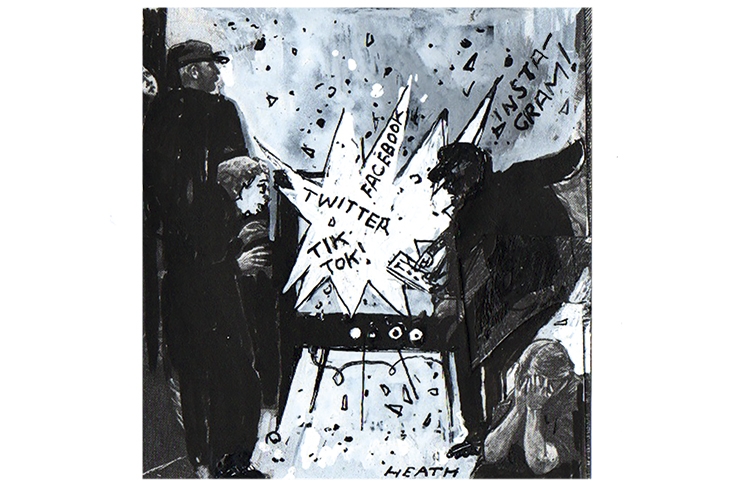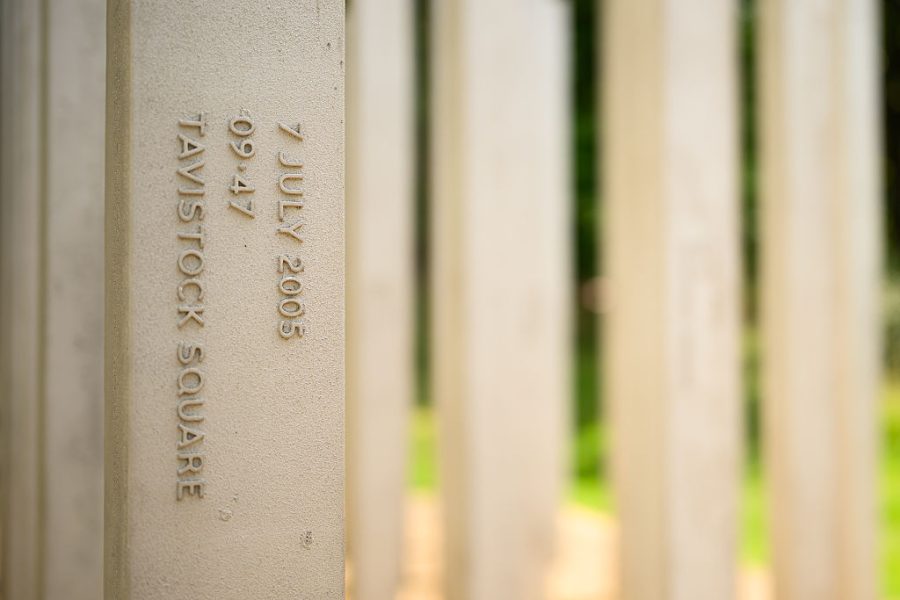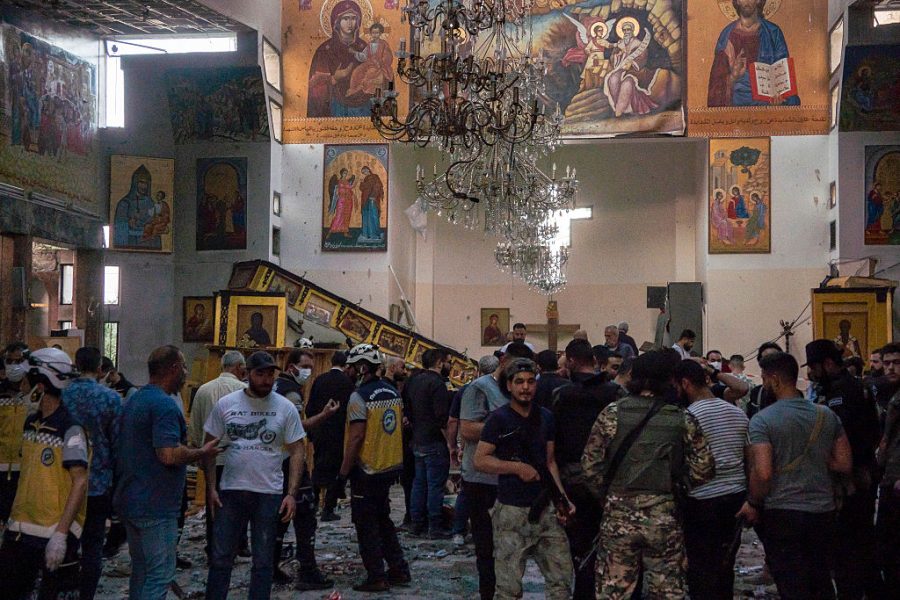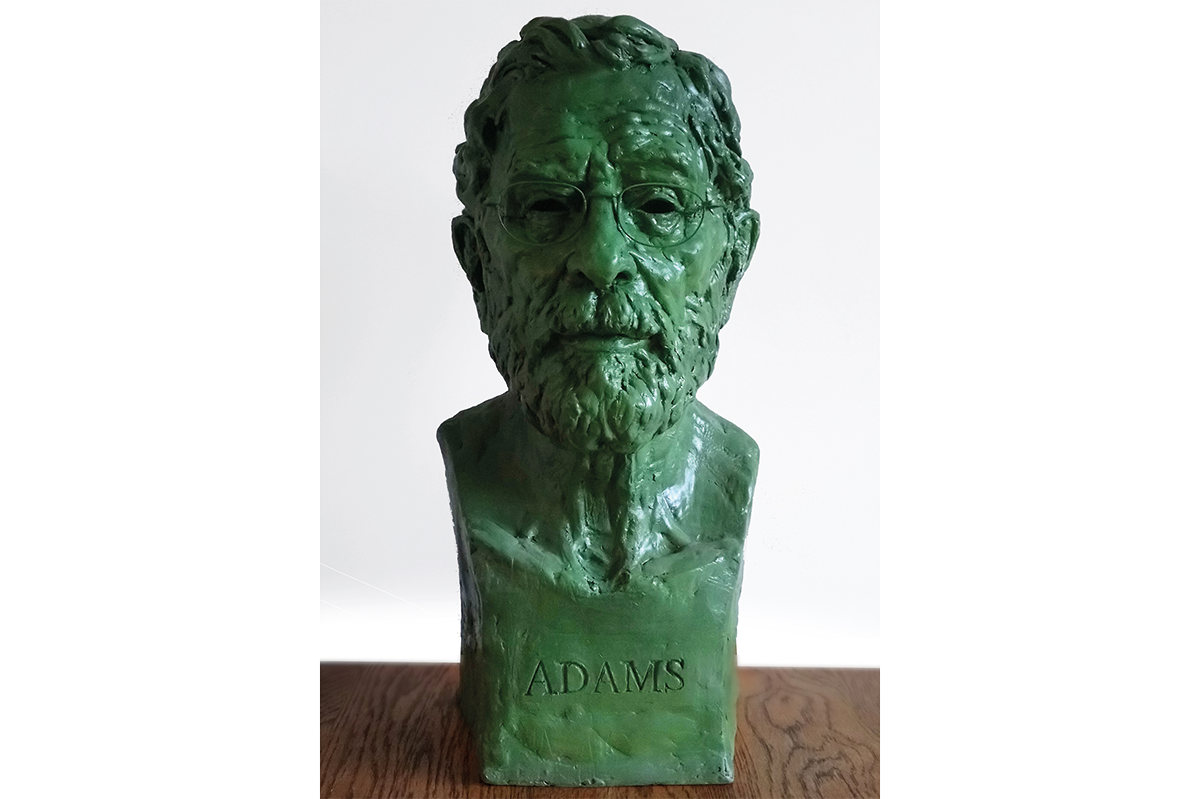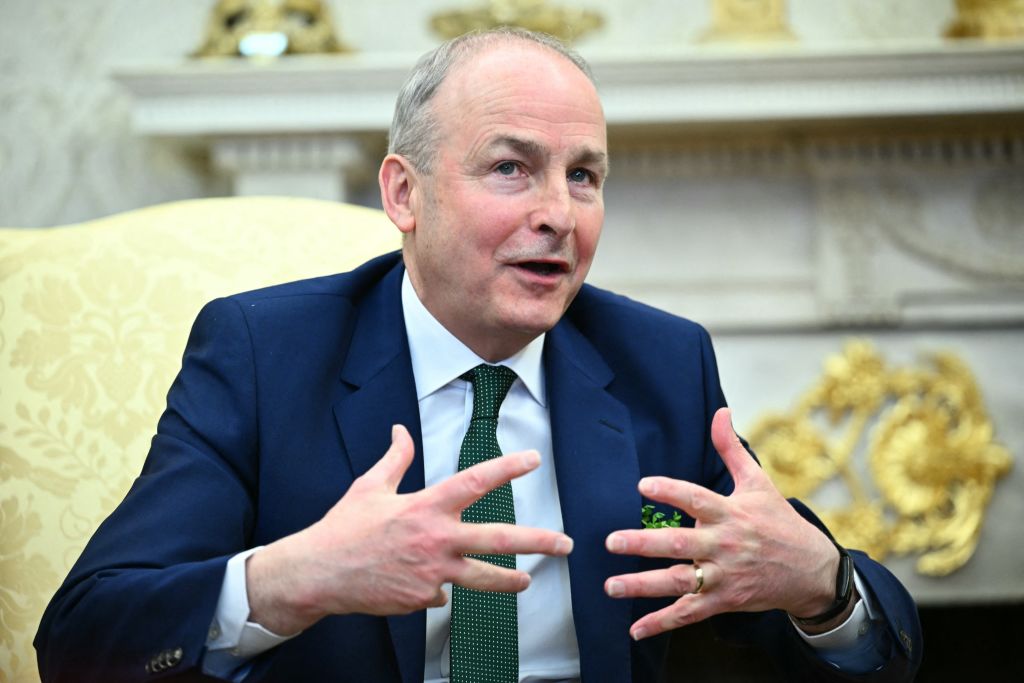There’s an ever shorter period now, it seems, between the emergence of any new medium and its energetic use for promoting hatred. And no one can accuse the young fans of militant Irish republicanism of not keeping up with the times: the proliferation of ‘IRA TikTok’ is a case in point.
The video-sharing network has inspired growing numbers of Irish-American and Irish youth — often those with ‘Up The Ra!’ in their TikTok profiles — to post clips of themselves clad in balaclavas, posing meaningfully with a fake gun, or mimicking planting a bomb by throwing a backpack under a car and racing away. The soundtrack is mostly provided by Irish rebel music or rap. This phenomenon was first noted in the fall, where it was generally treated as a jolting but harmless self-expression. Having taken a look recently, amid thickening tensions in Northern Ireland, I’m not quite so relaxed.
There’s a strong whiff of Walter Mitty to these homespun videos, of course: a desperate attempt to épater les bourgeois by cosplaying a 1980s Belfast Provo from a messy teenage bedroom in a suburban home. Sometimes, though, a clip moves into something more deeply chilling. The creator of one account, called ‘thatprovosniper’, has carefully filmed himself in a balaclava looking intently out of the window: there is a sudden flash, and a look of satisfaction steals into his eyes. The caption reads: ‘Watching my British neighbor get into his car in the morning.’
Another TikToker, presumably from Northern Ireland, filmed the grave of two of the adult children of Jean McConville — the mother of 10 who was abducted, murdered and ‘disappeared’ by the IRA — and mused crudely on its proximity to the grave of Dolours Price, the former IRA member who drove Mrs McConville to her death. In the comments beneath, some argued that the victim was unworthy of sympathy.
It’s hard for anyone who grew up in Northern Ireland in the 1970s and 1980s, as I did, to see this stuff without feeling nauseous and depressed. People were indeed frequently killed by an IRA car bomb or shooting. The local news told us something about their wider circumstances, too — information that rarely made it over to those misty-eyed Irish-Americans in faraway bars who enthusiastically contributed to the IRA campaign, and was disregarded if it did.
IRA victims from spring 1982, for example, included Alan McCrum, an 11-year-old Protestant schoolboy killed by a no-warning IRA bomb in the center of Banbridge as he waited for a lift home; Patrick Scott, a 27-year-old Catholic man whom the IRA shot dead, his hands bound, on suspicion of being an informer (which both his family and the police strongly denied); and William Morrison, a 42-year-old farmer who was murdered for apparently no other reason than that he was a Protestant who owned a successful cattle farm near the Irish border. His body was found by his 80-year-old mother.
Significant IRA funding came from Noraid, which regularly funneled large amounts of money from Irish-American supporters in the US to the IRA, and I wondered how such US citizens — who would certainly have been outraged by similar acts on US soil — could justify financing them in ‘the ould country’.
I concluded that they did it for the same reason that people do most things: because it made them feel good. From a distance, they regarded the most authentic expression of Irishness as the most violent one, and yearned to plug into the perceived glamour of ‘the struggle’ while enduring none of the consequences. The rapacious demands of their identity made them highly selective in their compassion. They could be moved to tears by thinking of the suffering of a child during the Famine, for example, while apparently remaining unaffected by a news story of a child blown to pieces by an IRA bomb only the day before.
The former taoiseach, Garret FitzGerald, had no time for them, saying in 1983: ‘There is nothing romantic about Noraid. It collects money for the IRA. The IRA buys guns with the money. The guns murder our people.’ There was consolation in the thought that, like Dr FitzGerald, the majority of the people in the Republic of Ireland opposed IRA violence, as did the majority of Catholics in Northern Ireland. The majority of Protestants, too, deplored the appalling sectarian murder campaign of the loyalist paramilitaries. Even newly bereaved families, red-eyed, regularly faced news cameras to plead: ‘No retaliation.’
We are in a different place now. With the 1998 Belfast Agreement, Sinn Féin and parties linked to the loyalist paramilitaries were invited into mainstream political life, including positions of power, on the basis that the IRA, UDA and UVF had decommissioned their weapons. They did not, however, fully decommission their mindsets — in particular the one which held that their past violence was legitimate.
From 1998 until the present day, for example, Sinn Féin has regularly commemorated ‘IRA volunteers’ with explicit pride in their actions. As Michelle O’Neill, now deputy first minister of Northern Ireland, said in 2017: ‘We are proud of our freedom struggle. We are especially proud of our republican patriot dead and each of our fallen comrades.’ Mary Lou McDonald, the Sinn Féin leader, last year described the IRA campaign as ‘justified’. Sometimes there’s a chaser of ‘regret’ about the deaths — as if the deaths were not the exact thing that defined the ‘armed struggle’.
An increasing number of younger people in the Republic of Ireland are now minded to agree with McDonald. The Sinn Féin vote in the South is strongest in the 18-34 age group, due in part to the party’s energetic promises on healthcare and housing issues, untested by the reality of government. Some voters feel that the urgency of such issues allows them to overlook the IRA’s brutal history. But for others that very history is now a key element of the appeal.
The IRA campaign is being rediscovered by a generation of young Irish and Irish-American people in a cultural context in which ‘whiteness’ is often held to be synonymous with racism and imperialism. For them, identification with a historically romanticized version of the IRA permits them membership of an edgier and apparently more desirable club, based on an ‘anti-imperialist struggle’. These meme-makers and TikTokers never witnessed the indescribable aftermath of an actual IRA bombing, of course, or watched the devastated children of a murder victim walk dazedly alongside a mother or father’s coffin. They never saw the ‘anti-imperialist struggle’ play out in the IRA shooting of 11 Protestant workmen at Kingsmill, only one of whom, Alan Black, survived 18 shots to tell the tale.
Yet the enlarged Sinn Féin vote down south — along with this idealizing of the IRA campaign — has had a dramatic impact on Ireland’s political dynamic. It has created a new schism in Irish politics, squeezing Fianna Fáil and Fine Gael into a defensive coalition. It deeply dismays many moderate Irish nationalists, some of whom share their concerns on Twitter. And it has horrified unionists of all shades in Northern Ireland, including those who might previously have been softening towards the idea of Irish unity.
Even in a long history of precariousness, the Ulster Unionists have rarely found themselves in as isolated a position as they are now. The UK prime minister, Boris Johnson, has agreed a sea customs border between Northern Ireland and the rest of the United Kingdom, after promising that he wouldn’t. When Unionists look to Dublin, they see a significant chance that, come the next Irish general election in four years’ time, Sinn Féin could be the party in government — with Gerry Adams behind the scenes as its elder statesman. The combination of constitutional fluidity, alienated unionists, jittery loyalists and triumphalist republicans is a potentially volatile political cocktail.
Green sectarianism is now on the cultural march, gaining respectability among the youth of the Irish middle classes. Meanwhile, orange sectarianism is still entrenched in the loyalist heartlands of Northern Ireland, where the grotesque anti-Catholic slogan KAT — ‘Kill All Taigs’ — can be seen sprayed on walls and affixed to teetering Twelfth of July bonfires (the anti-Protestant equivalent is ‘Kill All Huns’.)
The loyalist paramilitaries of the UVF and the UDA have not been idle since 1998. They have grown their criminal empires and consolidated local intimidation. They too write on social media, and on their more traditional surface of gable walls. They write to express anger at the sea border; to intimidate named journalists who have shone a light on their criminal activities; and to threaten EU customs officials, for they have duly absorbed the lesson that it was the menace of IRA activity which made the land border unthinkable.
Conflict has its roots in culture, and the social media culture is increasingly poisonous, belittling the pain of Troubles victims. Meanwhile both Protestant and Catholic survivors of the Troubles — defined as those who suffered a severe and permanent physical or psychological injury through no fault of their own — are still waiting to receive their ‘Troubles pension’. It has been long delayed through wrangling over whether the UK government or Stormont should pay for it. Some who were eligible won’t be claiming; they died waiting.
Where empathy should have expanded across Ireland for all those who suffered, it is instead shrinking. As W.B. Yeats wrote memorably of the Irish civil war: ‘We had fed the heart on fantasies/ The heart’s grown brutal from the fare/ More substance in our enmities/ Than in our love.’
The sectarian genie is increasingly out of the bottle, and it has now moved from the North to break new territory in the Republic. The taoiseach Michéal Martin seems aware of the danger, but how to counteract it? Perhaps the Irish government should put Lost Lives, that heartbreakingly factual chronicle of the Troubles dead, on the school curriculum. But they’d better hurry up.
This article was originally published in The Spectator’s UK magazine. Subscribe to the US edition here.



